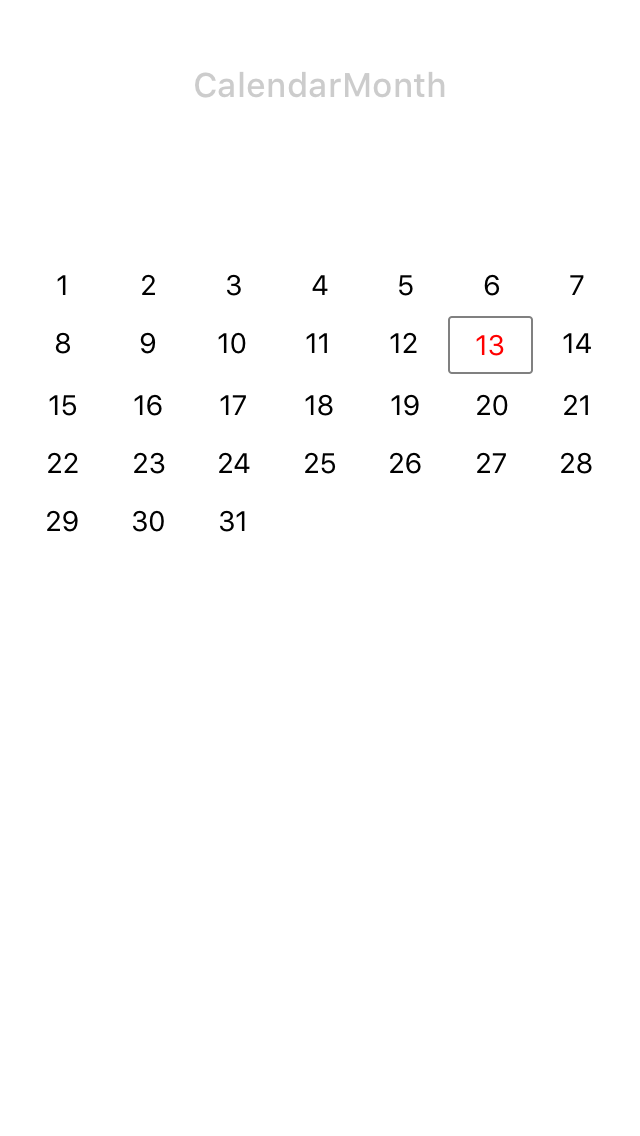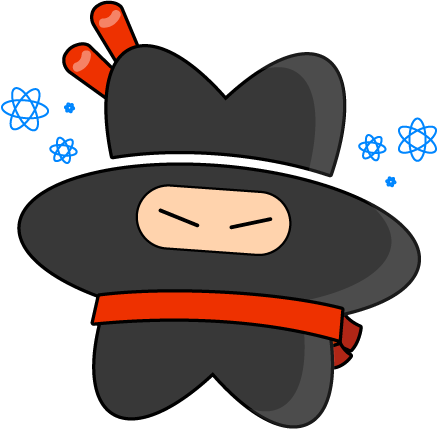jondot / Reactnativekatas
Programming Languages
Projects that are alternatives of or similar to Reactnativekatas
React Native Katas
This is a project that lets you participate in a fully-immersive, hands-on, and fun learning experience for React Native.
We will focus solely about design and styling for React Native, making this a perfect learning aid for both programmers and designers that previously handled Sass or CSS.
What's a Kata
This is a Kata. For programming, this means a way to practice something, which is simple enough. However, traditionally programming katas or programming Koans are made to "learn the hard way".
Learning "the hard way" primes your brain to receive information and accelerates the learning process considerably on the expense of frustration.
This process, like many other Kata or Koan based projects, aims to give you the best experience possible so that you can fail with a nice safety net and learn from your failures quickly.
For this, we use:
- A fancy framework that sets up, runs, and validates your Katas
- A smart layout of learning material so that one builds on the other, yet lets you discover things on your own
- Some times things are repeated
- React Native's live-reload for rapid iteration
- Simulator friendly set up, so that you will get full-immersion, working on the same physical space as your desktop
- Tips and guides along the way, so that you will always know what to do
Quick Start
I assume you already have a working react-native setup.
- Clone this project
-
npm iand then run the project via Xcode orreact-native - After running the project, turn on Live Reload (Ctrl+Cmd+Z for developer menu on iOS Simulator)
You will then be faced with the first Kata.
- Press on a Kata (anywhere) to show the reference Kata - which is what you should arrive at
- Press again to go back to your answer Kata
- Find your src/katas folder
- Get familiar with the list of katas available
- Per subject (flex, styling, composing), look for the
.testversion of your Kata and edit away. The reference Kata is the one without the.testsuffix. - Example:
FillAllunder theflexsubject, will be at src/katas/flex/FillAll.test.js, and the reference Kata will be at src/katas/flex/FillAll.js - Modify, view, until both Katas match.
- Once Katas match, you will be automatically moved to a new Kata to solve
Checking Results
At any point in time, you can click on your view to show the reference view, and click again to go back.
If you've successfully solved the current view, you'll be automatically progressed to the next Kata.
Learning
Learn by making mistakes ("The Hard Way"). By making mistakes, you're priming your brain to receive and retain data in a much better way than reading a book or watching a video.
Use the tips in the .test versions of the components. Sometimes there will be
tips, sometimes there won't be. Some times the tips will be somewhat opaque,
sometimes very revealing.
- Use the tips
- Think, experiment, think, and experiment again
- Use Google
- Go to (2)
- Eventually, take a look at the reference component (read: answers)
The reference components won't have a test suffix. You'll be able to find
solutions there and if a concept is first introduced or demands a special
explanation - it will be explained inline for your convenience, look for
the Did you know? sections, Hints sections, and TODO notes.
Building Katas
You're more than welcome to submit new katas. Please see the kata building doc for details.
Under the Hood
There's a reference Kata, and a test Kata (the one you fiddle with). They're wrapped with a special snapshotting component that exists within the runner infrastructure.
With that, a reference Kata is mounted, rendered, snapshotted (visually), and then your test Kata goes through the same process. We then diff the two snapshots to see if the designs match for your Kata to be marked as solved.
So, this is not the regular testing framework you'd expect.
That was done because design needs creative freedom. This means there's more than one way to solve a Kata, as long as you get the same visuals!
This also means that you're welcome to make forks with better solutions, and offer these as the de-facto reference Katas for next generations to come!
Katas
UsingText

UsingStyles
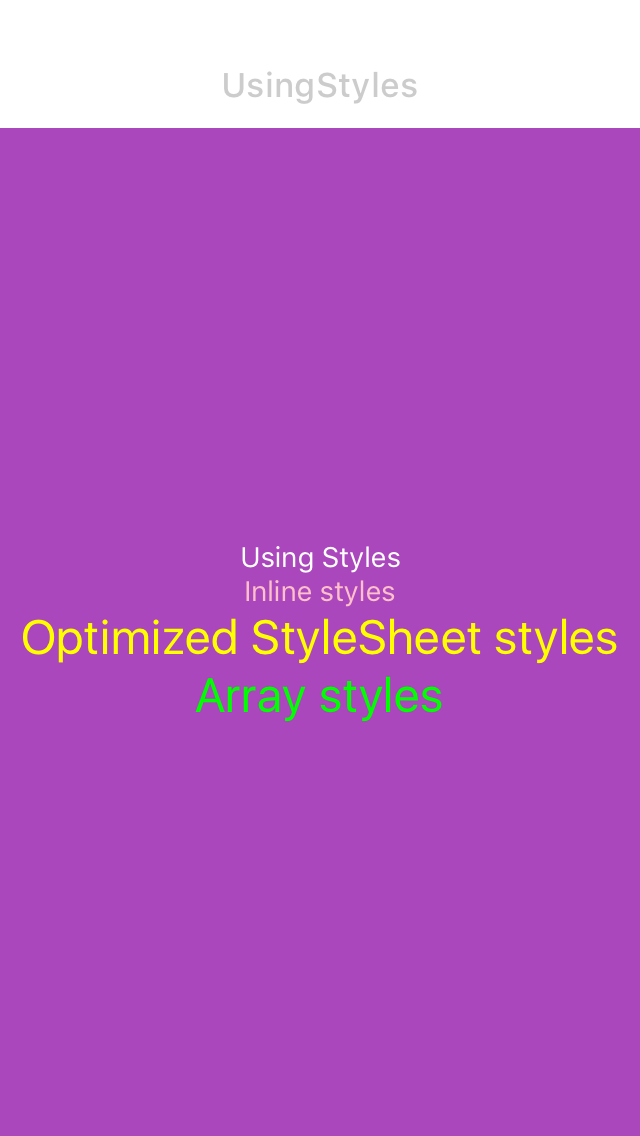
Clipping
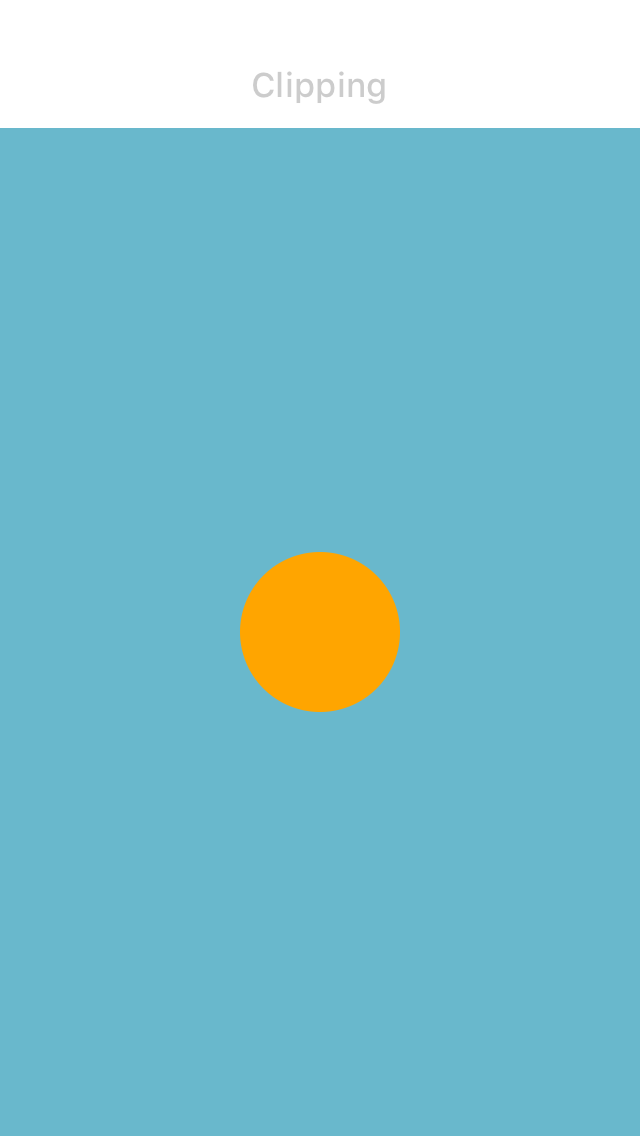
BorderRadius
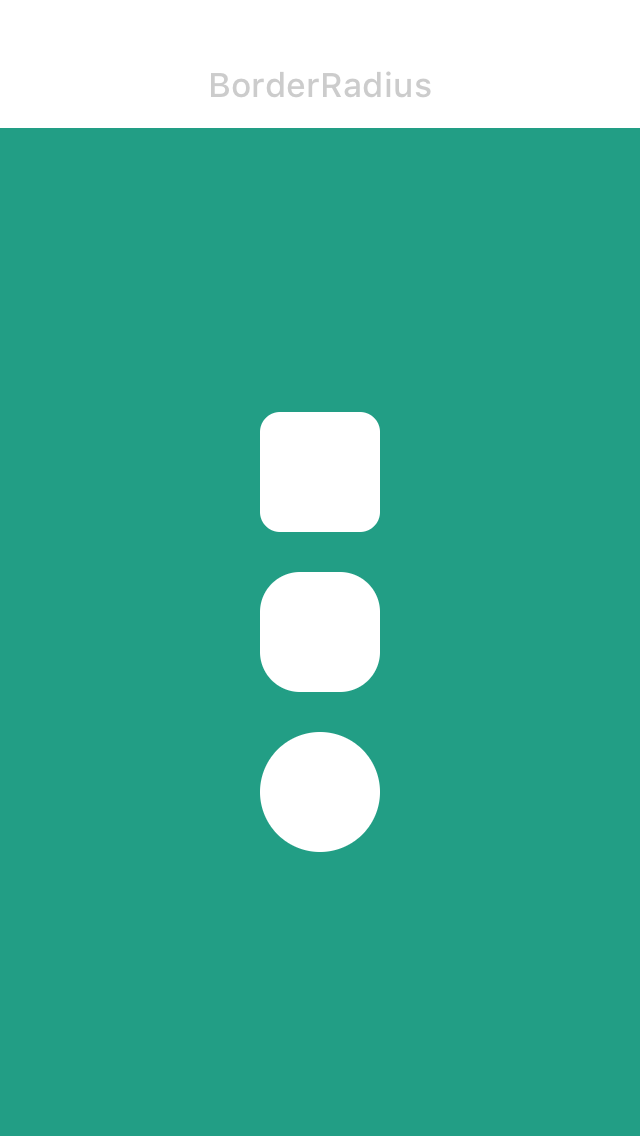
LoadingCard
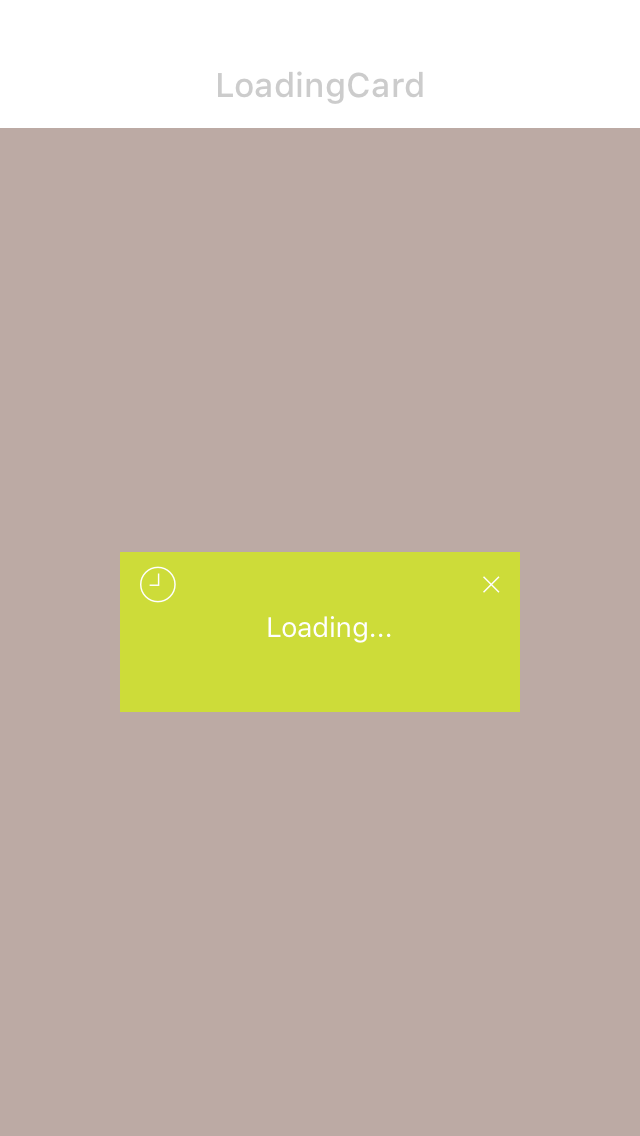
Gridding
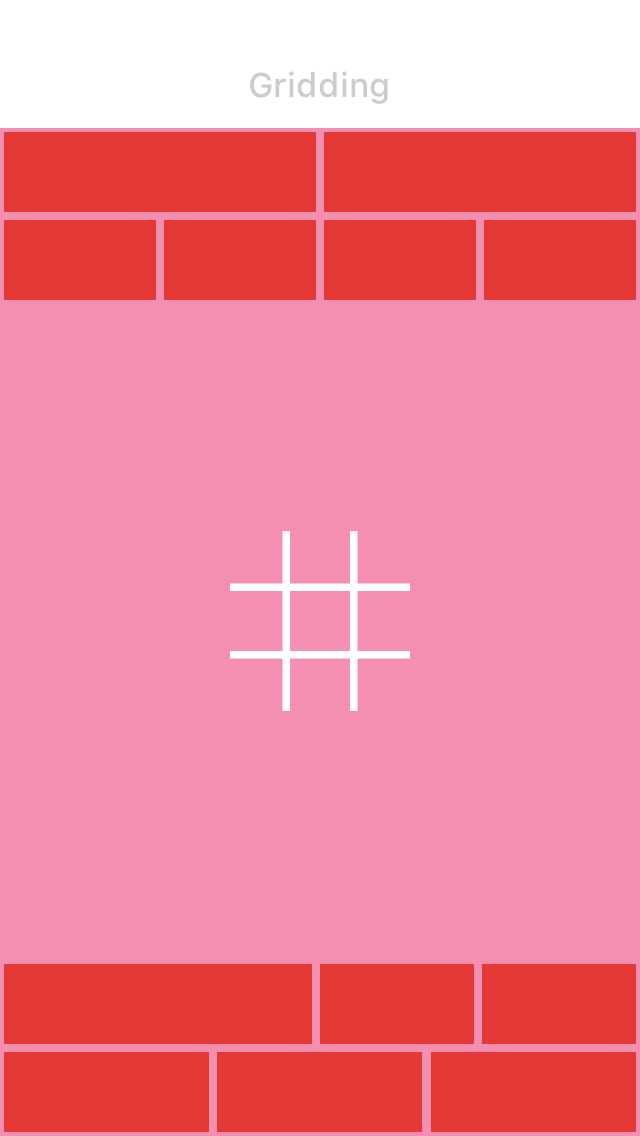
FlexSize
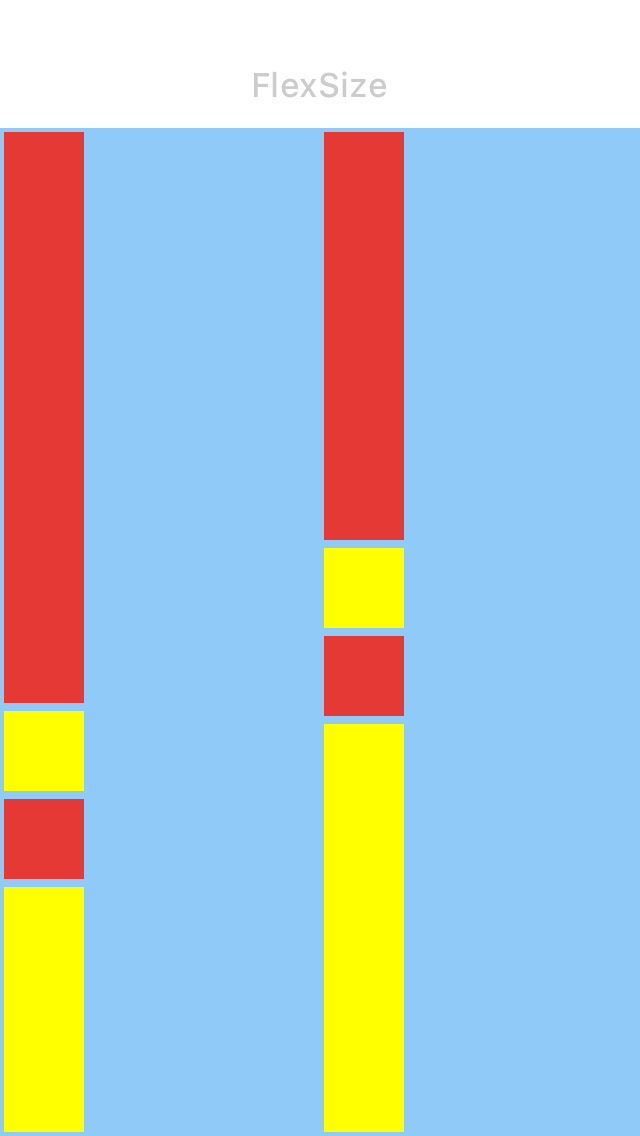
FillAll
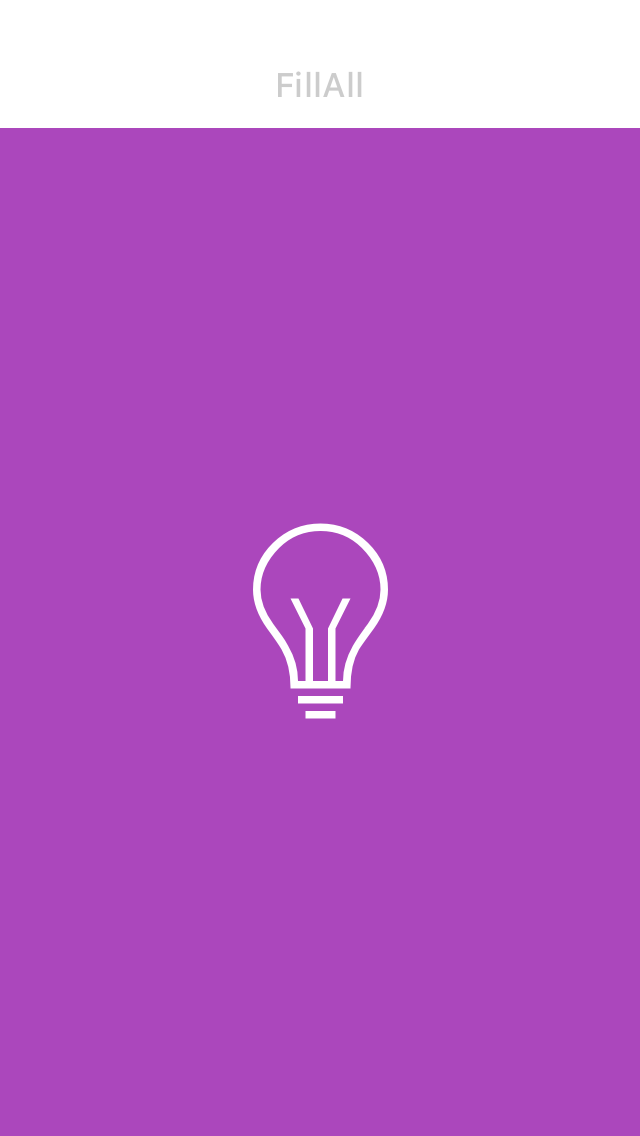
Direction
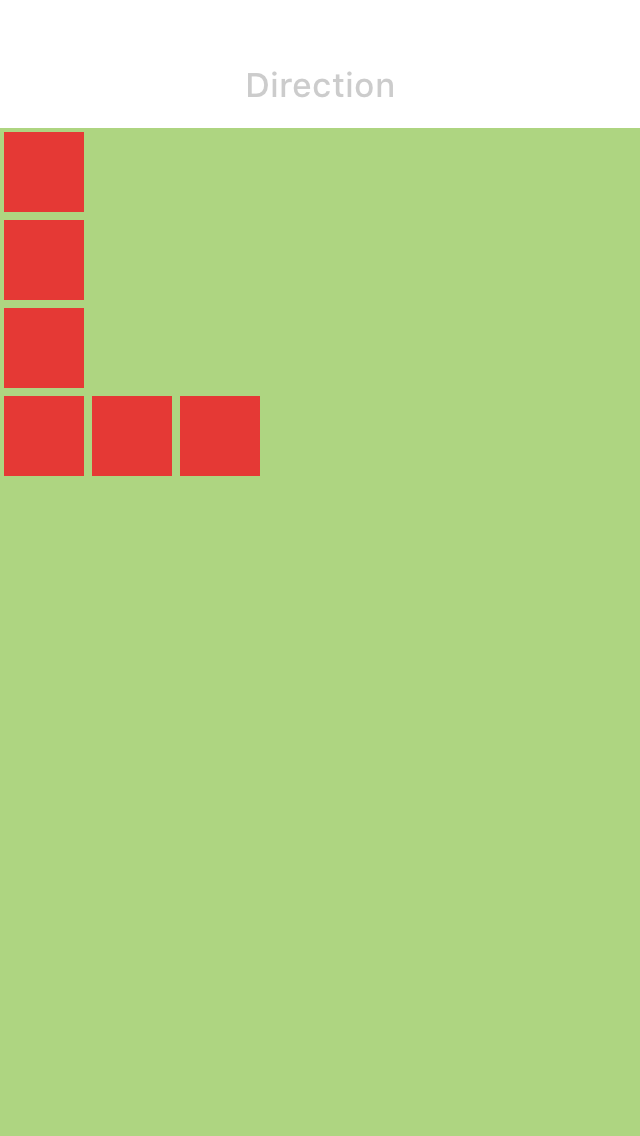
AlignmentAxis
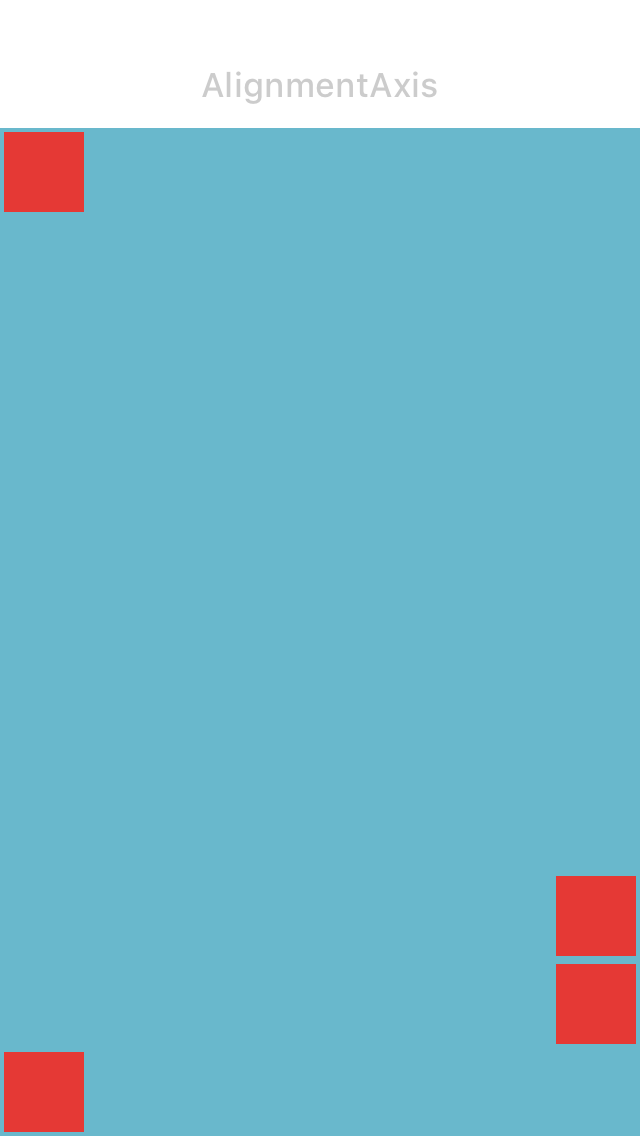
Alignment
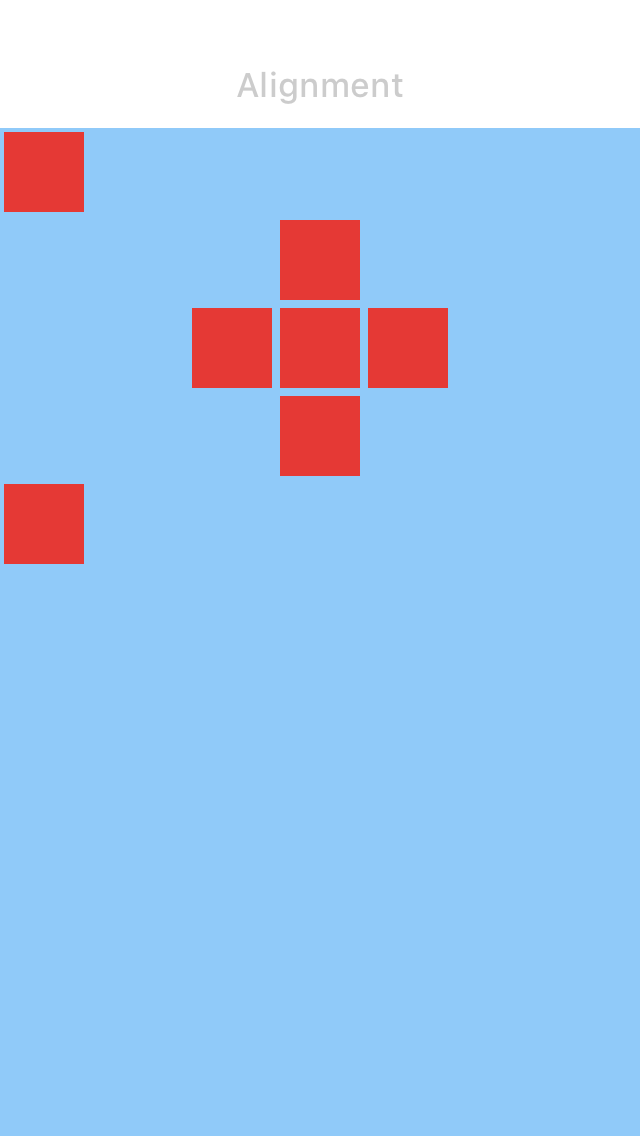
SimpleChart
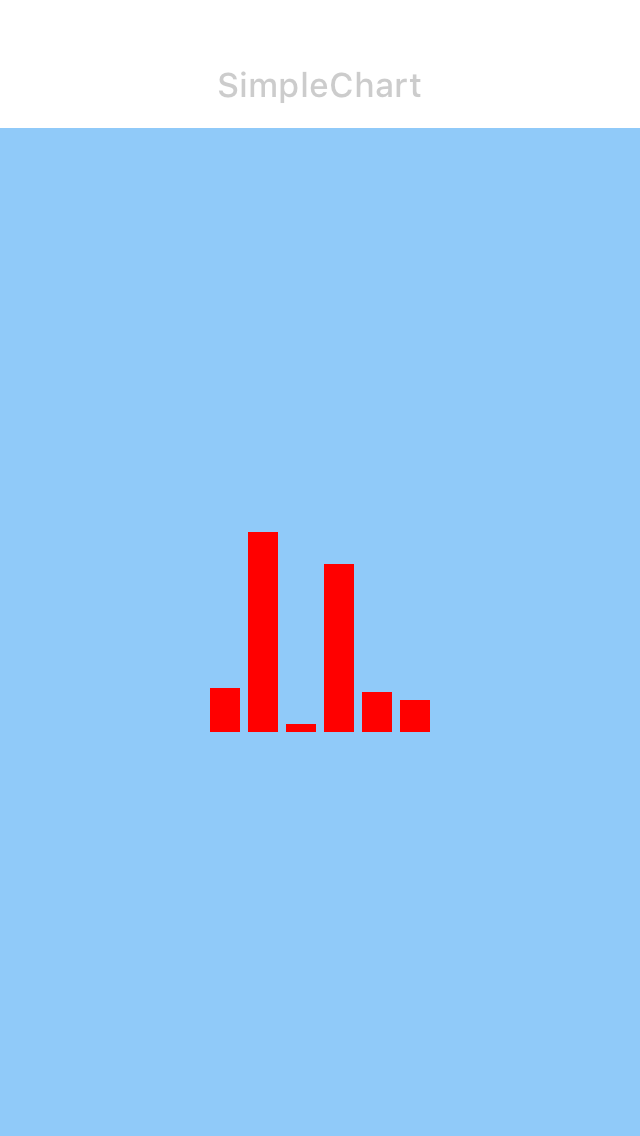
ProfileScreen
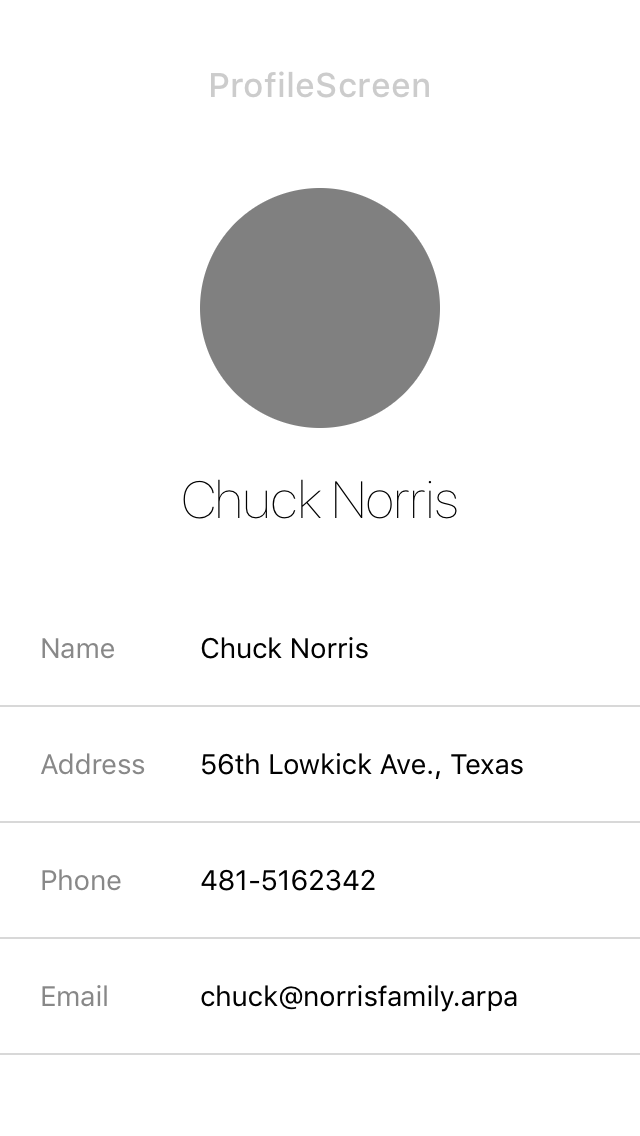
ContactCard
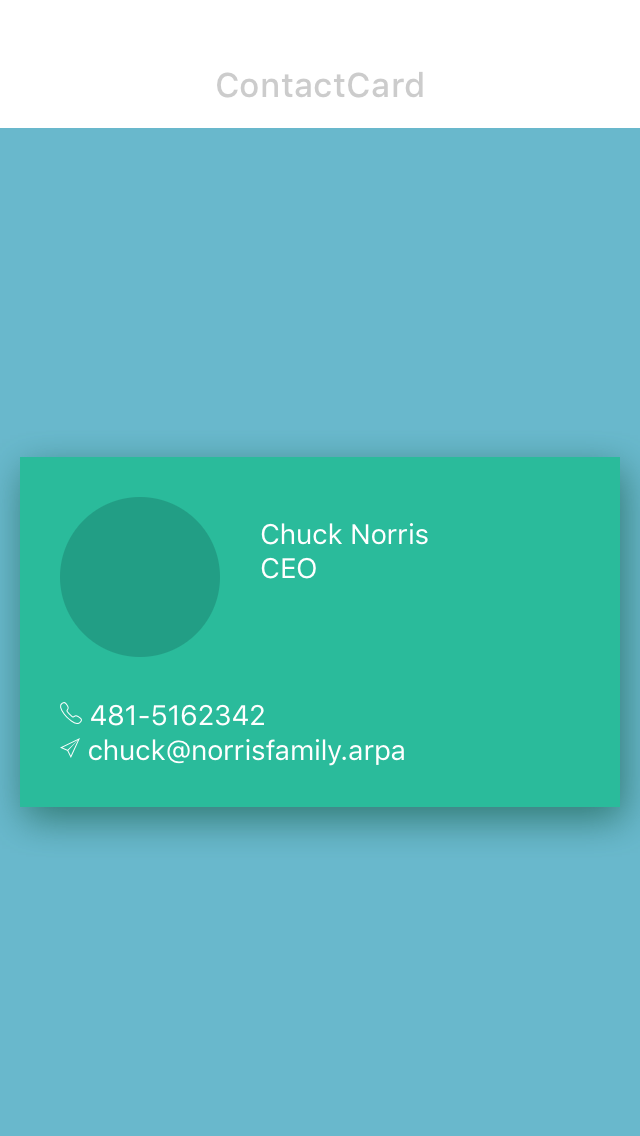
CalendarMonth
